Deqing, Zhejiang — July 2025 — Absen and Versatile Media have revealed what is being called the world’s largest continuous (monolithic) LED virtual production stage.
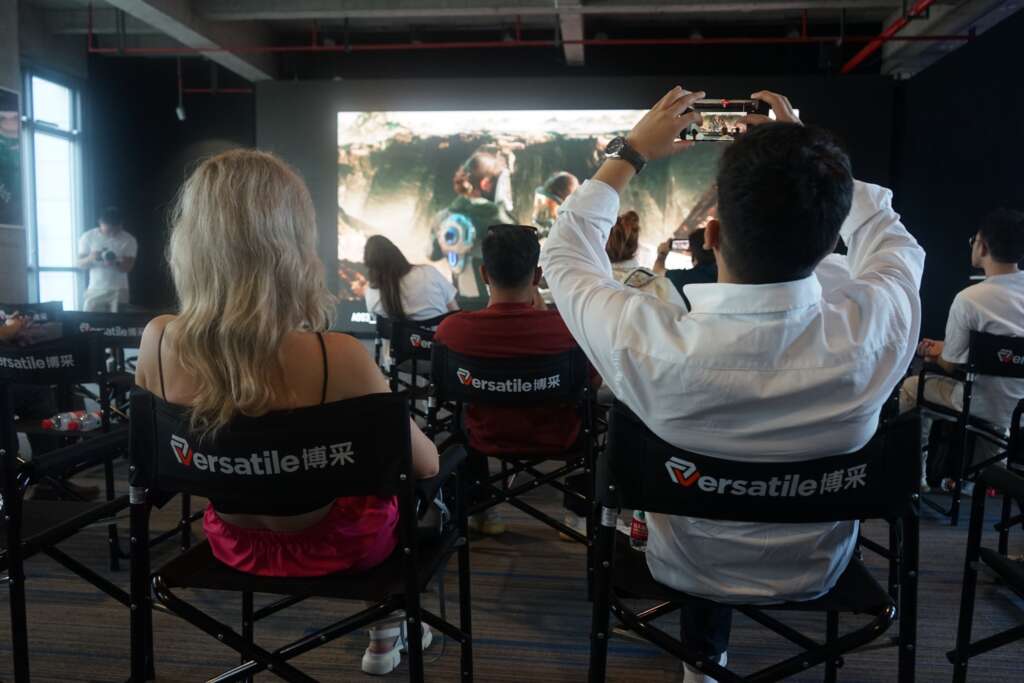
The setup, part of the newly opened Versatile AI Virtual Film Base, sets a new benchmark for immersive film, television, and content creation.
Monumental Specs
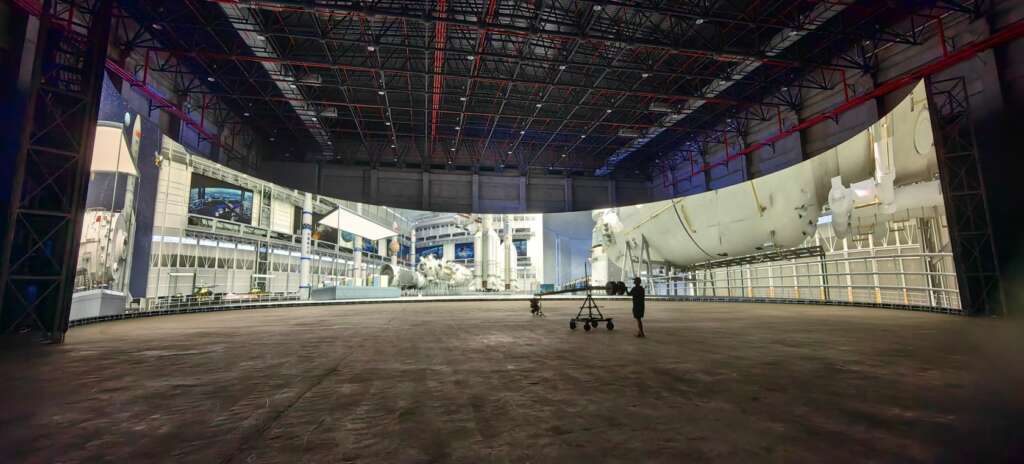
- The LED stage is curved 270°, forming almost a wrap-around screen.
- The curved screen measures 50 meters in diameter and 12 meters high.
- Total stage floor area is 5,000 square meters.
- The actual LED screen surface covers about 1,700 square meters — roughly equivalent to four basketball courts.
- The screen is built with high pixel density, fine pitch, and designed for high resolution (8K visuals), accurate color rendering, low moiré/aliasing even in close-ups.
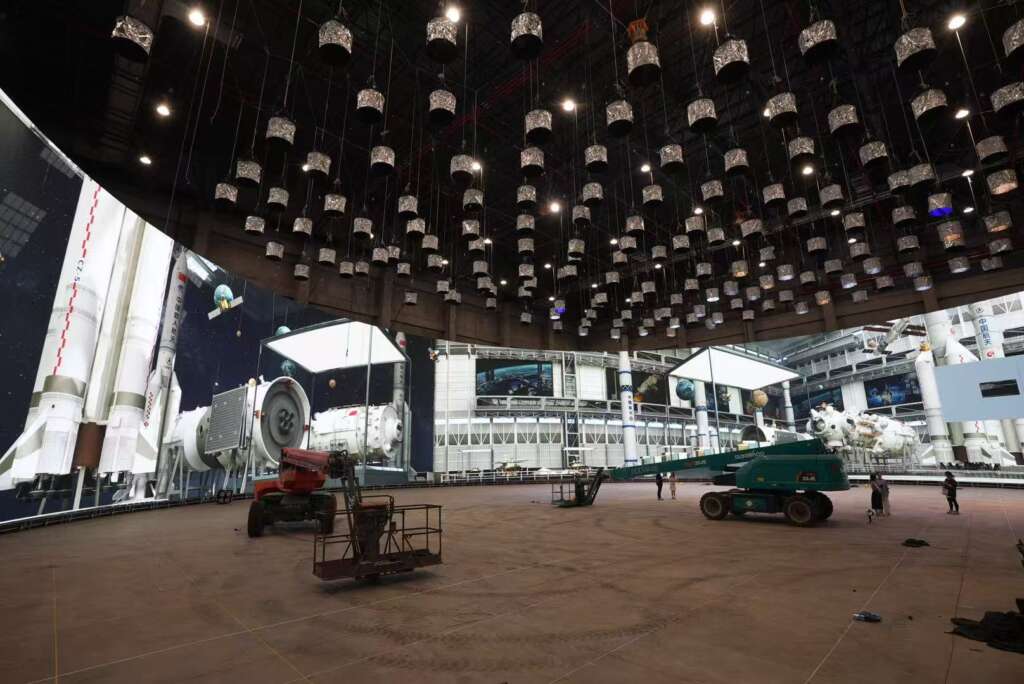
Why It’s a Game Changer
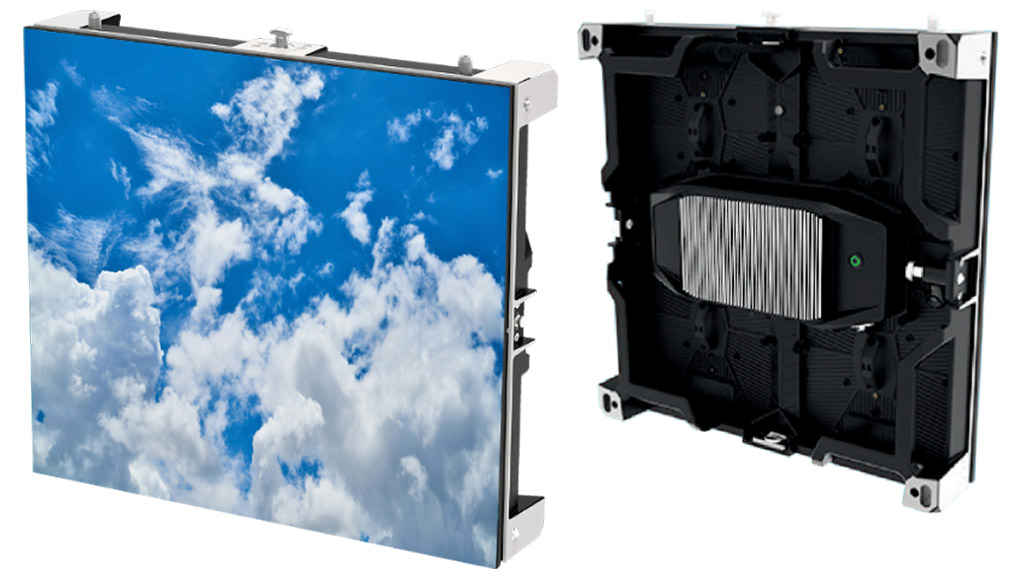
- Faster Scene Changes: Thanks to the immersive LED setup, producers can swap out virtual environments in minutes. Traditional physical set changes take a lot longer and are more expensive.
- Reduced Need for Physical Sets: With such a large, high-fidelity LED backdrop, many scenes that would require building physical sets can now rely much more on virtual environments. This cuts cost, logistical burden, and time.
- High Visual Immersion & Efficiency: The combination of size, wrap-around geometry, fine pixel pitch, HDR and color accuracy promises visuals that are far more convincing and immersive. Production teams also get greater flexibility in lighting, camera angles, reflections, etc.

Technical Challenges Overcome
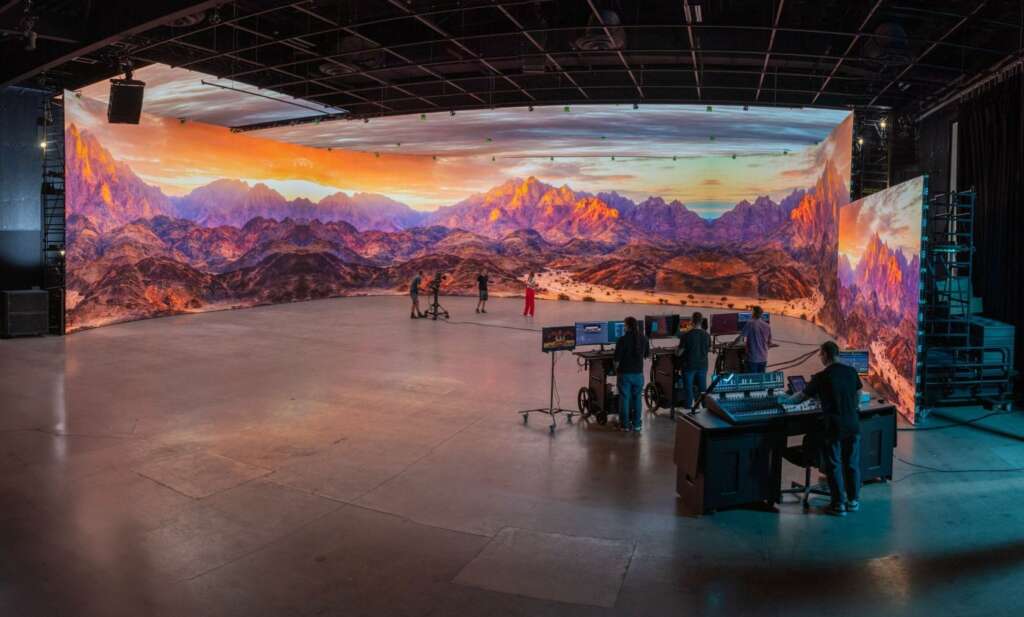
- Pixel Pitch & Display Fidelity: Achieving high resolution that looks great on camera even at close distances is challenging. The fine pitch and careful calibration tackled issues like aliasing and moiré.
- Structural & Installation Complexity: Installing a 270° curved LED surface of this scale (1,700 m² of LED panels) requires precision in mounting, ensuring flatness, color consistency, thermal stability, etc. Absen and Versatile reportedly worked closely on calibration, display engineering, color management, and matching performance across panels.
What It Means for Virtual Production
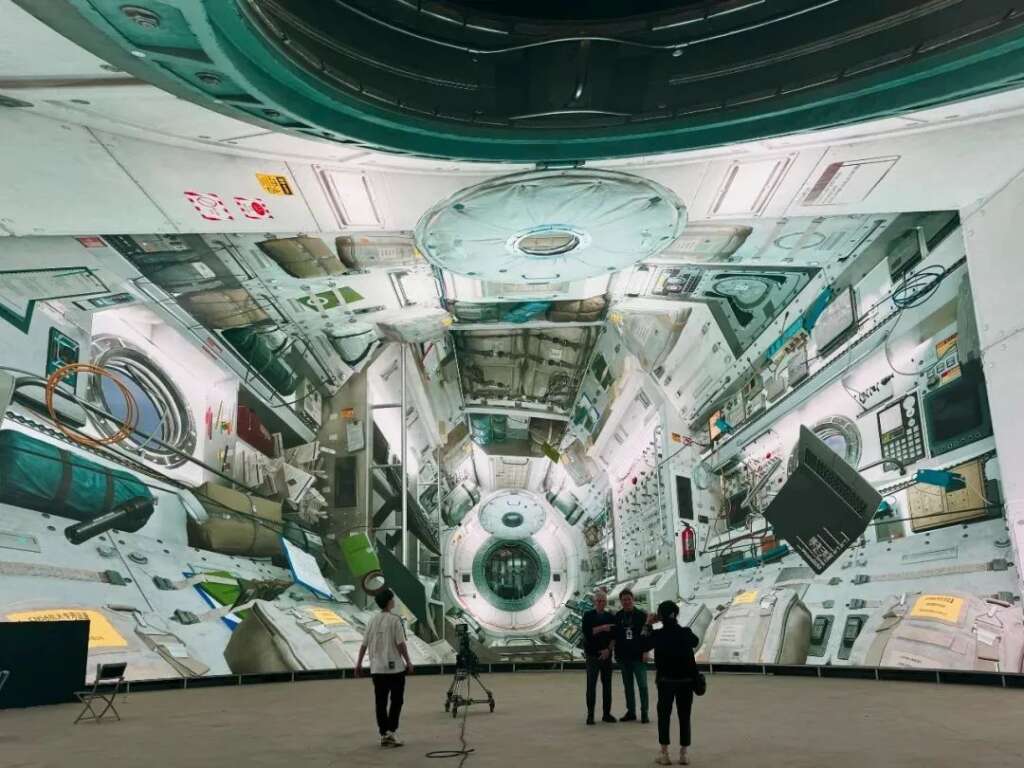
This venue raises the bar for what virtual production can achieve:
- Filmmakers and content creators will be able to shoot more complex and realistic scenes entirely inside studios—even ones that previously demanded exotic or difficult to access locations.
- It pushes content quality up: high-end film & TV, large commercials, digital content (cinematics, AR/VR) all benefit.
- China is staking serious claim in the global virtual production infrastructure game. Facilities like this shift more of the production pipeline toward LED volumes and away from green screen or on-location shooting.
Looking Forward
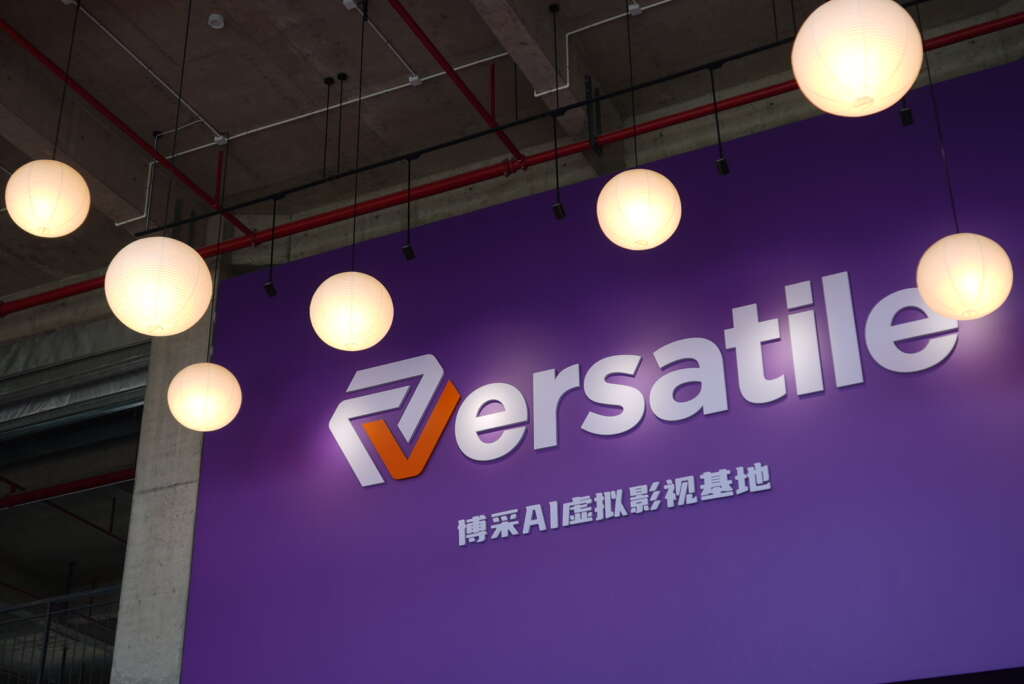
While this stage is impressive, some questions loom:
- How accessible will it be for smaller productions or international projects?
- What are the operating costs (power, maintenance, panel replacement, etc.)?
- How well will software, camera tracking, lighting, and rendering workflows keep up with such scale?
But for now, the Deqing stage is a milestone: a massive canvas for creativity and a signal that virtual production isn’t just a niche—it’s becoming industrial scale.
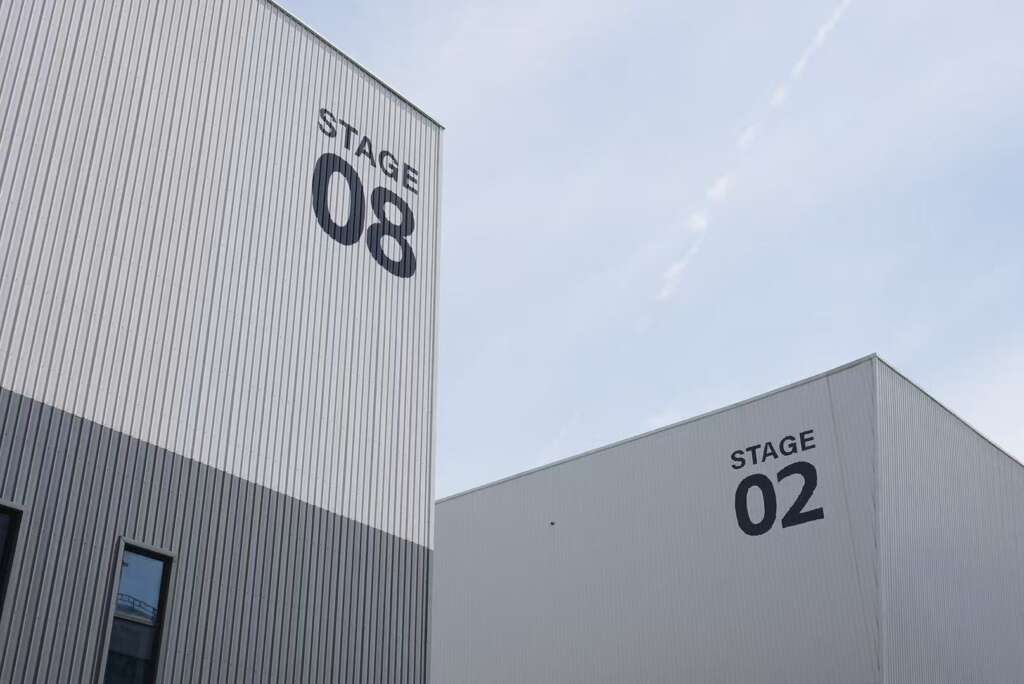


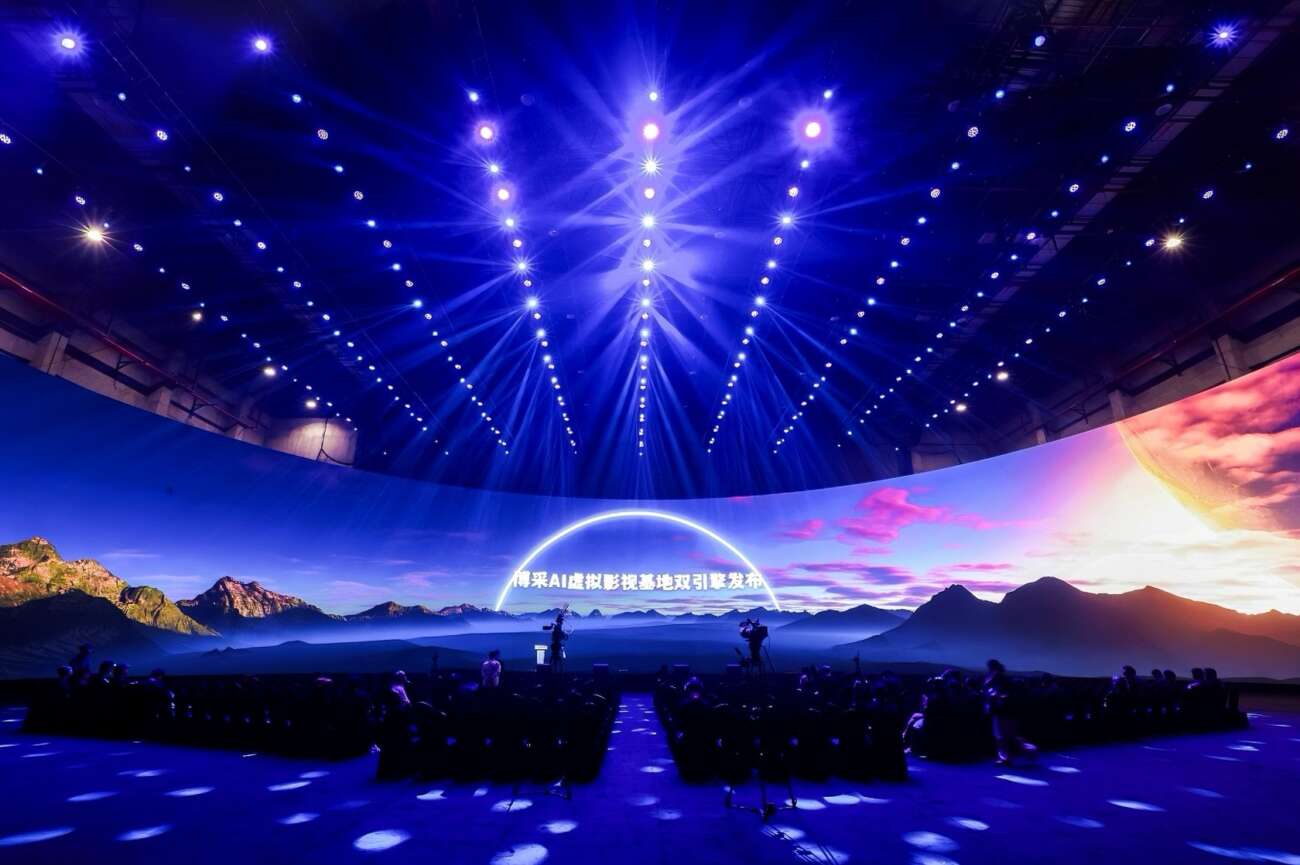
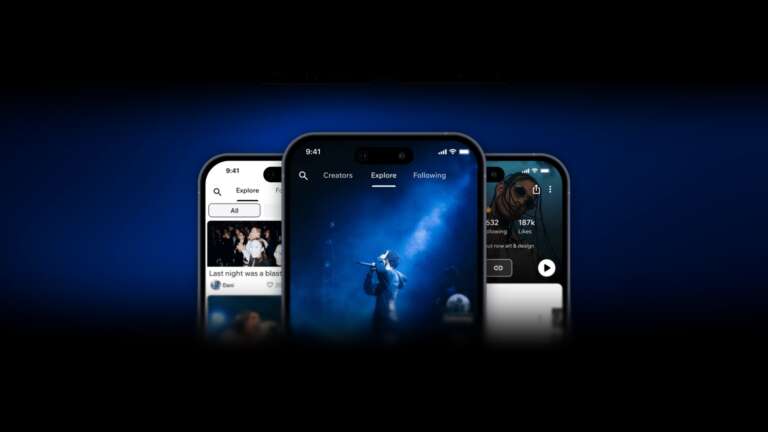
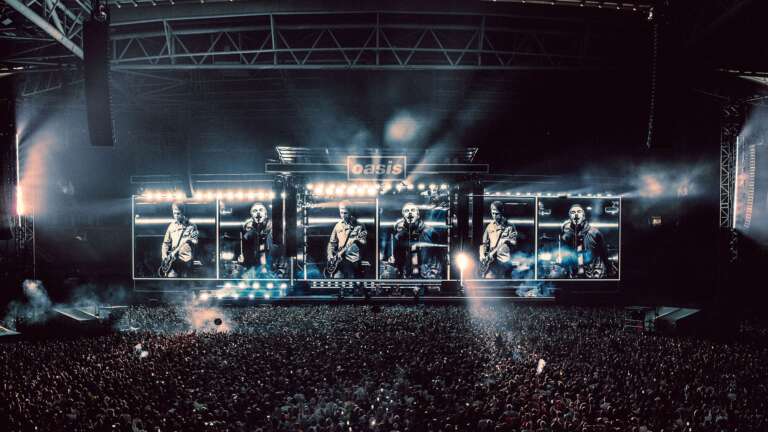
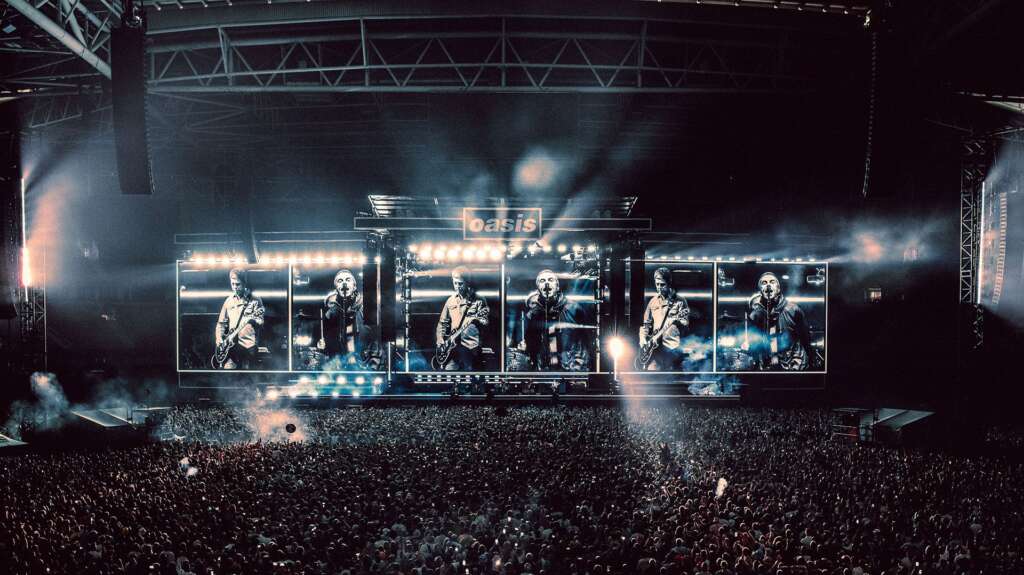

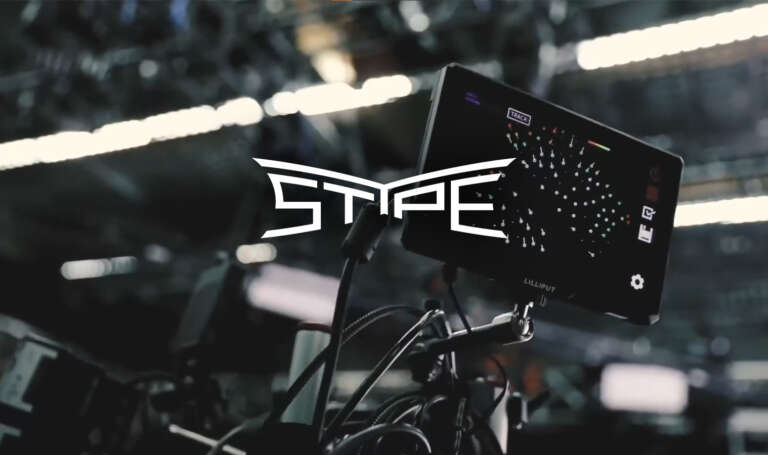
Leave a Comment